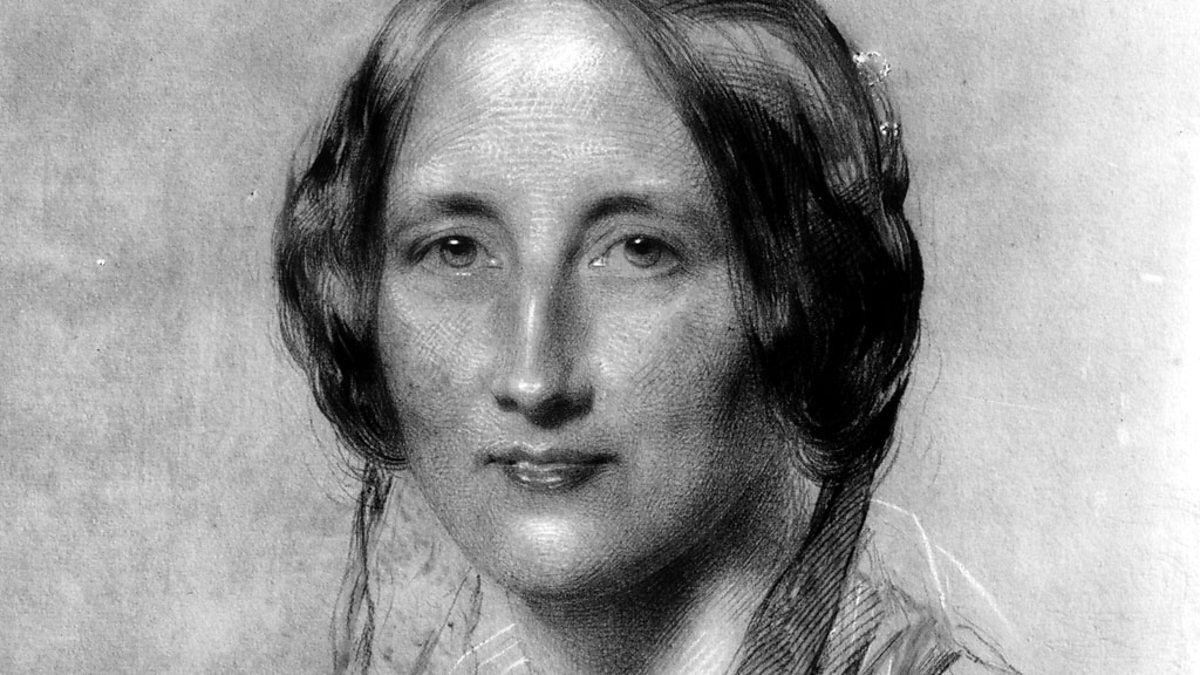In the fifth of our series of Wo Women, we look at novelist and housewife Elizabeth Gaskell.
When the BBC decided to serialise her novel Cranford back in 2007,with Dame Judi Dench and Dame Eileen Atkins, on Sunday nights, Elizabeth Gaskell’s name was brought back to national prominence.
She created the town of Cranford, based on Knutsford in Cheshire where she spent the most formative years of her childhood but the author, wife and mother of four was born in Chelsea in 1810, the daughter of an eccentric man called Stevenson, who worked for the treasury.
The eighth child, only two to survive, her mother died when she was just a year old and Elizabeth was sent to live with her aunt in Cheshire.
So began a childhood that would see her lead something of a nomadic existence.Trips back to London saw her form a close relationship with her brother John, who would join the merchant navy and write letters to her encouraging her interest in literature.At the age of 11 she was sent to boarding school in Warwickshire, first to Barfird and then to Stratford to a school that had been partly funded by the industrialist Josiah Wedgwood.
Tragedy would follow, her brother lost at sea off the coast of India, she returned to London, nursing her sick father who never got over the death of his son. He died when Elizabeth was just nineteen and she went to live with another relative, this time in Newcastle, the Revd William Turner, a Unitarian minister and tireless campaigner for social causes.
It would bring her to Manchester, visiting Turner’s daughter, she met William Gaskell, a minister at the Unitarian chapel on Cross Street and soon they were married, their first child, a daughter, was born dead. Her first surviving daughter, Marianne, was born in September 1834, and a second daughter, Margaret Emily, born in February 1837.
That year saw Elizabeth’s poem, Sketches among the Poor , appearing in The Blackwood Magazine in 1837. Her friends encouraged her to do more writing but she felt that she needed to concentrate on caring for her children.
She became a member of the District Provident Society, and helped distribute soup tickets, food, and clothing for the poor. Most of William Gaskell’s parishioners were textile workers and Elizabeth was deeply shocked by the poverty she witnessed in Manchester. Elizabeth, like her husband, became involved in various charity work in the city.
Two more daughters were born and two further children lost including a son, who died of scarlet fever at ten months, an event which sent Elizabeth into depression taking to her bed. In a effort to find a cure, her husband encouraged her to start writing again and eventually from that came Mary Barton, a tragic tale of love, set in the Manchester slums and dealing with many of the issues that Elizabeth had come across during her married years.
Fraser’s Magazine recommended reading it:
“Do they want to know why poor men learn to hate law and order, Queen, Lords and Commons, country party and corn-law league alike — to hate the rich, in short? Then let them read Mary Barton. Do they want to know what can madden brave, honest, industrious north-country hearts, into self-imposed suicidal strike, into conspiracy, vitriol-throwing and midnight murder? Then let them read Mary Barton. Do they want to get a detailed insight into the whole science of starving? Let them read Mary Barton.”
The novel shocked society but was greatly admired by mid nineteenth century literary society, Charles Dickens, William Thackeray, John Ruskin and Thomas Carlyle amongst its supporters, and Gaskell would soon find herself publishing short stories for Dickens’ magazine Household Words, Lizzie Leigh , a story about a Manchester prostitute,appeared in the first issue in March 1850.
Elizabeth would also become close friends with Charlotte Bronte and would write the first biography of her following her death in 1855.
Meanwhile the novels, many starting life in Household Words, Cranford, Ruth which caused even more controversy than Mary Barton and North and South, which deals with the relationship between Margaret Hale and John Thornton, who ran a textile mill, and was inspired no doubt by her friendship with Robert Greg at Quarry Bank Mill.
In all she would write eight novels, her success being seen in her purchase of 84 Plymouth Grove, the Italianate double-fronted stucco house in 1850 then surrounded by fields and streams.
In 1863 she set to work on Sylvia’s Lovers. It was a grim romance surrounding three youngsters in a northern seaport town, set at the end of the eighteenth century with England at War with France and press gangs on the rampage. Some rank it with Cranford as her best work.
It was her final book for her hectic life would catch up with her. She wanted to move away from Manchester and secretly bought a cottage in Hampshire as a surprise to her husband. She began work on a serial story “Wives and Daughters” but before it was finished would die of a massive heart attack at the Hampshire cottage in the arms of her daughter after they had returned from a trip to Normandy.
Gaskell challenged the attitudes and stereotypes of the Victorian age. In many ways her work was steeped in Manchester, although whilst alive she would have disagreed, her novels were based on social, intellectual and personal Manchester.








A great many people became aware of Elizabeth Gaskell in 2004 when the BBC broadcast a serialisation of her novel ‘North and South’ (and then went on to read her novels), which stars Richard Armitage as John Thornton,Tim Pigott-Smith,Lesley Manville, Sinéad Cusack, Jo Joyner, Brendan Coyle,Anna Maxwell Martin and Pauline Quirke.
An excellent production – to be recommended!
And her house in Plymouth Grove is open to visitors – http://www.elizabethgaskellhouse.co.uk/